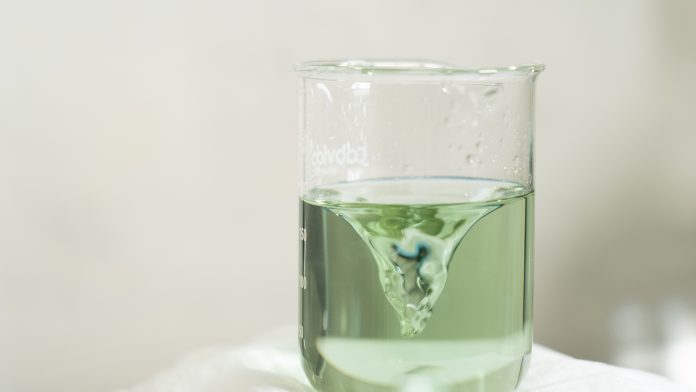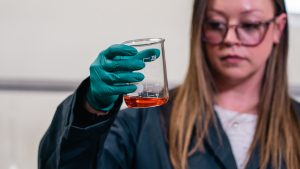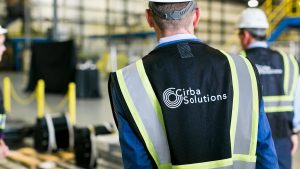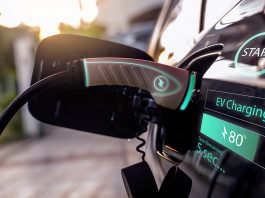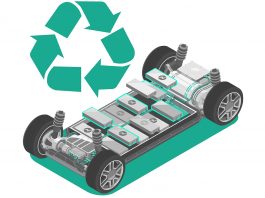Cirba Solutions is tackling the issue of lithium-ion battery recycling to expedite the growth of the electric car industry.
Electric vehicles are currently a highly discussed topic – from the estimation of adoption rates to the batteries that power them. Questions surround whether there is enough critical-mineral supply to manufacture these batteries, along with what to do with a battery after it reaches the end of its initial lifespan.
A battery recycling powerhouse
One team in particular is working to address those key areas: Cirba Solutions. This team has been strengthening their network and service capabilities for more than 30 years. During the rapid evolution of this technology, Cirba Solutions has been steadfast, adding services and processing offerings to match the needs of the battery recycling market.
Today’s focus is on lithium-ion batteries (LIBs), and much discussion centres on whether there are enough critical materials available to manufacture the batteries to make LIBs the globally preferred battery chemistry. Cirba Solutions says that the solution is to make new batteries from old batteries, a practice most often adopted in the lead acid battery market.
Transforming old batteries into new batteries
To create new battery materials from scrap or used batteries, Cirba Solutions is leveraging technological advancements to install hydrometallurgical processing, extracting over 95% of the critical materials, which will be made into battery-grade metals through their recycling process. This expands what is already created today, often called black mass. After the initial step of creating the black mass, the materials undertake a leaching process, then impurity removal to ensure high-quality outputs, and then separation. After the separation, each metal undergoes crystallisation that creates the battery-grade metals – often referred to as sulphates.
This amazing new process is initially being installed at their Lancaster, Ohio, facility in the United States. This site was recently awarded over $82m in Department of Energy grants from the Bi-Partisan Infrastructure Law. The project is estimated to require over $250m in investment and will create over 100 new jobs in the local economy.
These materials support precursor cathode active material (PCAM) and cathode active material (CAM) producers. Cathode demand is anticipated to see a 4,000 GWh climb in the electric vehicle and energy storage system markets by 2030.1 Supply deficiencies for critical minerals are expected to continue to cause supply chain challenges, with a strong dip in 2028 based on current projections.
Expansion
While the battery recycling market is increasing rapidly, the source of feedstock is shifting from scrap batteries from the manufacturing process to end-of-life vehicles, but both markets are showing expediential growth. Recycled material is anticipated to meet 24% of lithium and 33% of nickel demand by 2040.1 With the expanding market and increased processing capacities, secondary supply could make up an even higher percentage.
Beyond the expansion in Ohio, Cirba Solutions has announced a new site in Columbia, South Carolina. This additional site will be the fourth operational facility in the ‘US Battery Belt,’ an area that has surged from the incentives in the Inflation Reduction Act. This area expands from Michigan through Georgia with everything from manufacturing to recycling and has seen significant investments by States.
Cirba Solutions has already seen a 300% increase in its lithium-ion battery processing year-over-year. This increase demonstrates both market demand and the Company’s strong market position. As a long-established leader in the market, Cirba Solutions is focused on sustained and thoughtful growth, obtained through focusing on a comprehensive approach to battery recycling. Partners and customers can rest assured knowing that Cirba Solutions is a trusted and experienced industry partner. As this market continues to develop and with the amplification of attention, we look forward to seeing the impact this part of the supply chain will have on a circular battery supply chain.
References
- Benchmark Mineral Intelligence. Cathode Forecast Q3 2023.
Please note, this article will also appear in the sixteenth edition of our quarterly publication.

